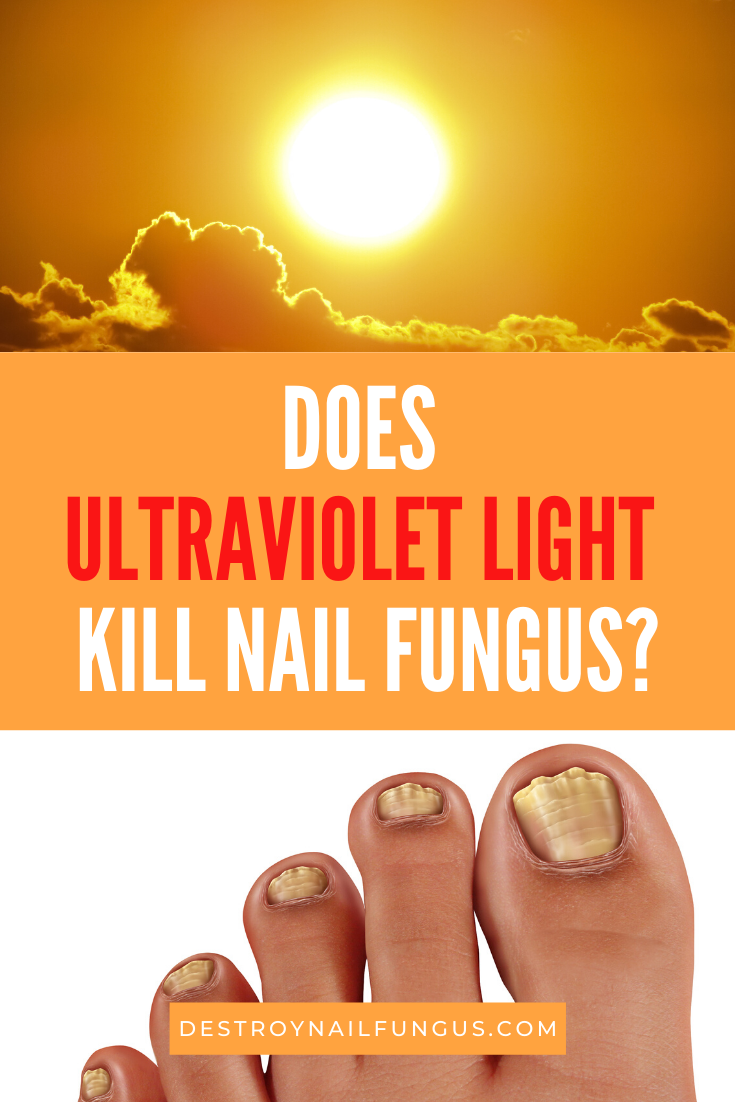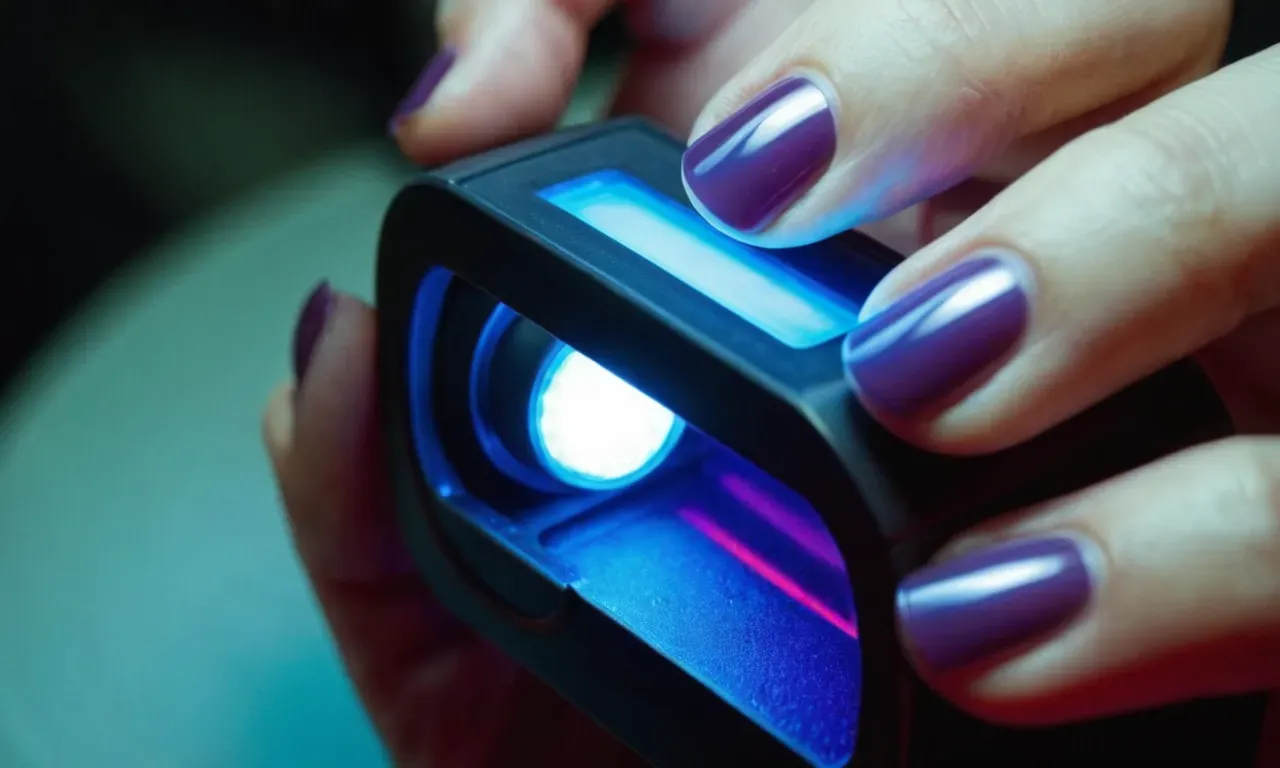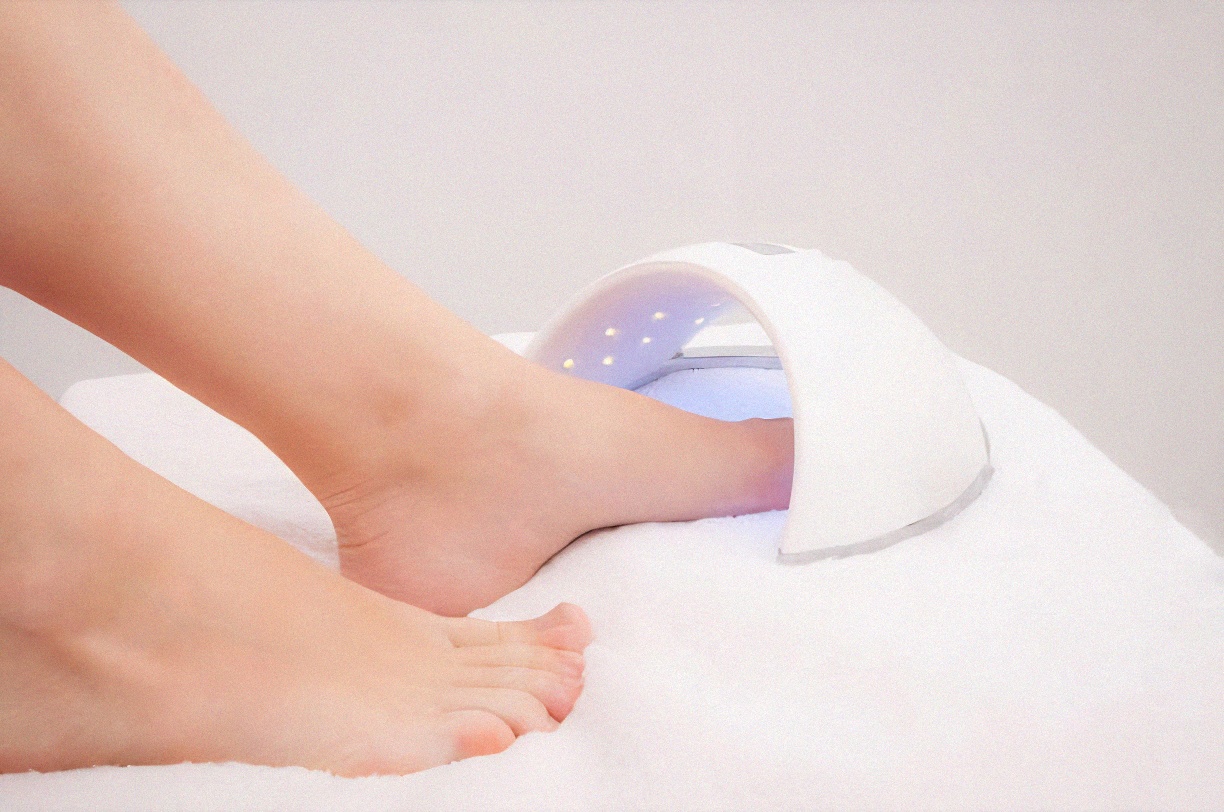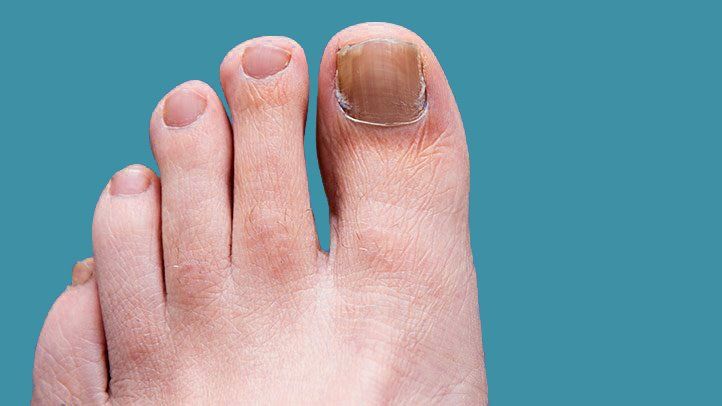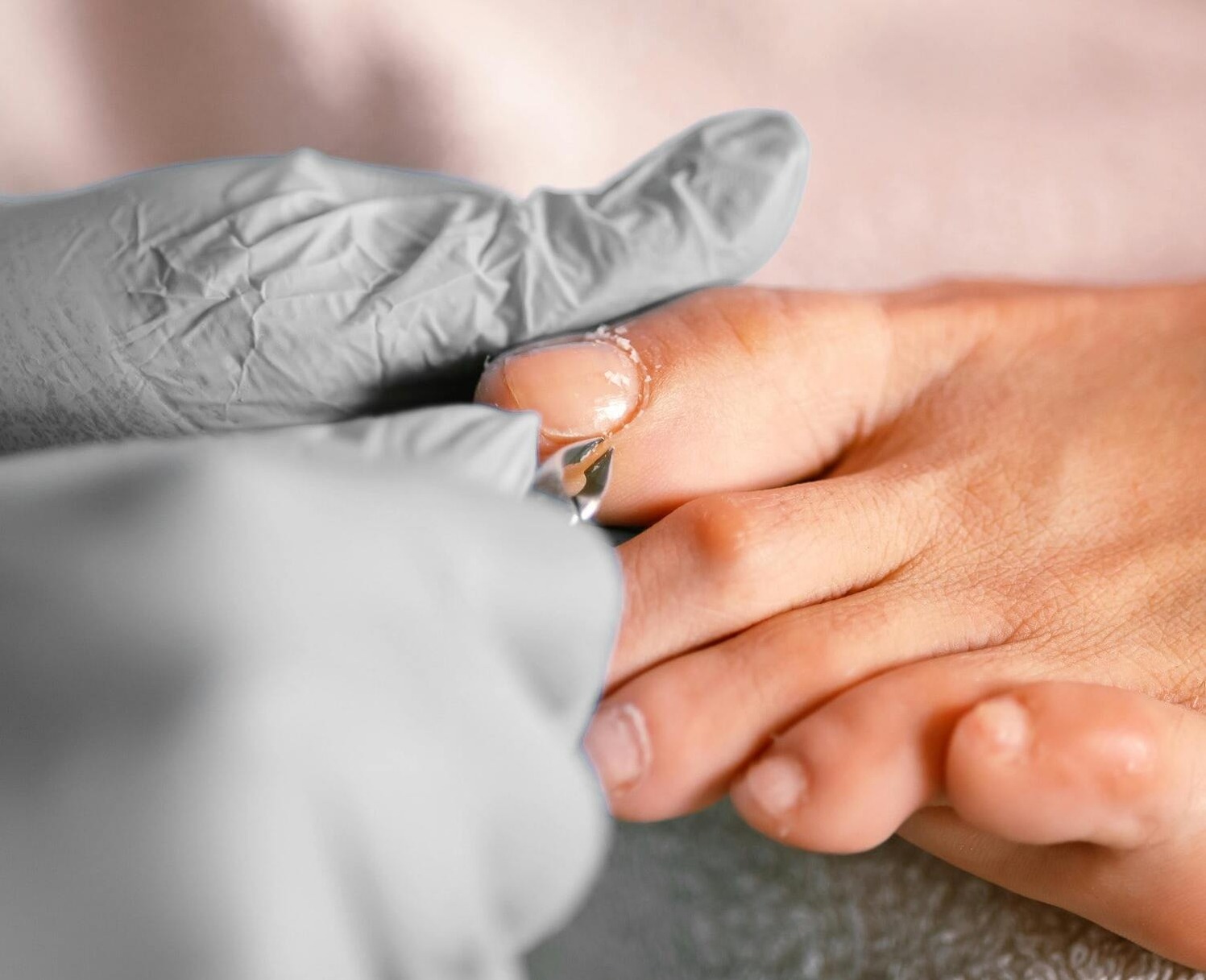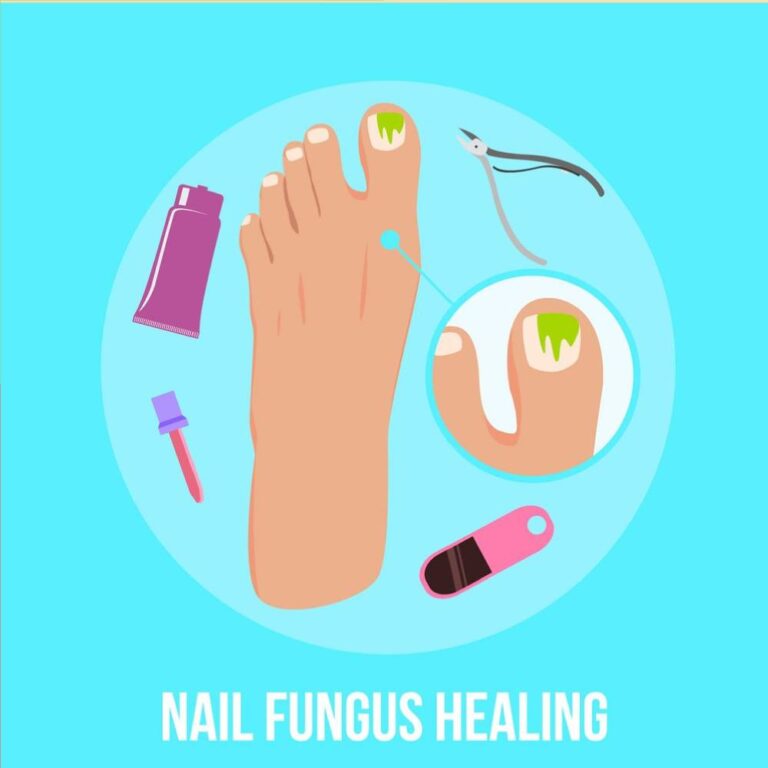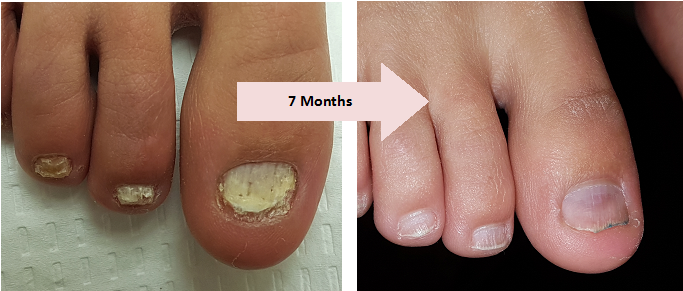Does Uv Light Kill Nail Fungus

Urgent concerns surround the effectiveness of UV light devices marketed for nail fungus treatment. While some evidence suggests potential benefits, experts caution against relying solely on these devices without comprehensive medical evaluation and treatment.
The rising popularity of at-home UV light devices for treating nail fungus demands immediate scrutiny. These devices, often marketed as convenient and affordable solutions, may not provide the complete and effective treatment users expect, potentially delaying proper medical care and worsening the infection.
The Claim vs. The Reality
Manufacturers assert that UV light kills the fungi responsible for onychomycosis (nail fungus). They claim specific wavelengths of UV light can penetrate the nail and destroy the fungal cells.
However, scientific evidence supporting this claim is limited and often contradictory. Many dermatologists and podiatrists remain skeptical about the efficacy of these devices as standalone treatments.
What the Studies Say
Research on the use of UV light for nail fungus is ongoing, but current studies present a mixed picture. Some in-vitro studies demonstrate that UV light can inhibit fungal growth in a lab setting.
However, these results don't always translate to real-world effectiveness on infected nails. The thickness of the nail, the depth of the infection, and the specific type of fungus all impact UV light's ability to reach and eliminate the pathogen.
A 2013 study published in the Journal of the American Academy of Dermatology found that while UV light did show some antifungal activity, it was significantly less effective than traditional oral antifungal medications. Moreover, the study highlighted concerns about potential skin damage from prolonged UV exposure.
Expert Opinions
Medical professionals express caution regarding relying solely on UV light for nail fungus treatment. Dr. Emily Carter, a board-certified dermatologist, stresses the importance of a proper diagnosis.
"Nail changes can be caused by various conditions, not just fungal infections," explains Dr. Carter. "Self-treating with UV light without knowing the underlying cause can be detrimental."
Dr. Robert Jones, a leading podiatrist, echoes this sentiment. He notes that many over-the-counter UV light devices lack sufficient power and penetration to effectively kill the fungus deep within the nail bed.
"I've seen patients whose infections have worsened because they delayed seeking professional treatment while trying these UV light devices," Dr. Jones states. "A combination of topical and oral medications, along with debridement, is often necessary for successful treatment."
The Risks Involved
Using UV light devices improperly can pose several risks. Overexposure to UV radiation can lead to skin damage, including premature aging and an increased risk of skin cancer.
Furthermore, ineffective treatment can lead to the spread of the infection to other nails or even other people. It can also cause the infection to become more resistant to future treatments.
Some individuals with certain medical conditions, such as lupus or photosensitivity, may be particularly vulnerable to adverse effects from UV light exposure.
Who is Affected?
The concern primarily affects individuals seeking affordable and convenient at-home treatment for nail fungus. Misleading marketing and unrealistic expectations can lead to disappointment and potential harm.
People with diabetes or weakened immune systems are at higher risk of complications from nail fungus and should seek immediate professional medical advice.
Furthermore, the lack of regulation and oversight in the UV light device market allows for potentially dangerous and ineffective products to reach consumers.
Where Does This Leave Us?
The effectiveness of UV light devices for treating nail fungus remains unproven. While they may offer some limited benefits in certain cases, they should not be considered a primary or standalone treatment.
Patients should always consult with a qualified healthcare professional for a proper diagnosis and treatment plan. A combination of topical or oral antifungal medications, along with nail debridement, may be necessary to effectively eliminate the infection.
The Food and Drug Administration (FDA) is currently reviewing the safety and efficacy of these devices. Increased regulation and stricter marketing claims are needed to protect consumers from misleading information.
Next Steps
Individuals experiencing nail fungus should seek a professional diagnosis to determine the best course of treatment. Do not delay seeking proper medical attention.
Ongoing research is crucial to determine the true potential of UV light therapy for nail fungus and to develop safer and more effective devices.
Consumers should be cautious about claims made by manufacturers and consult with healthcare professionals before using UV light devices. Further investigations are being made into the efficacy and safety of UV light and more information will be released when confirmed.
